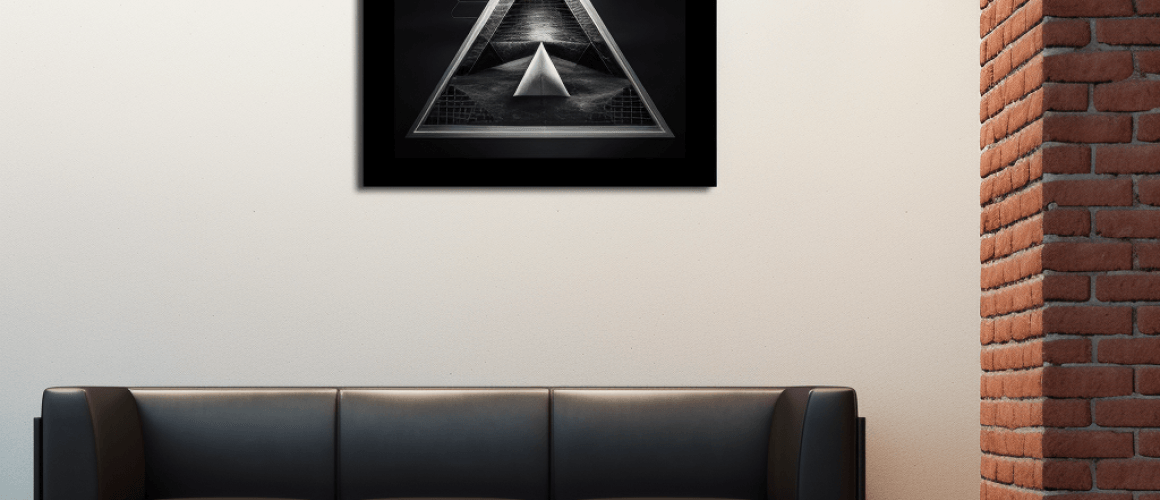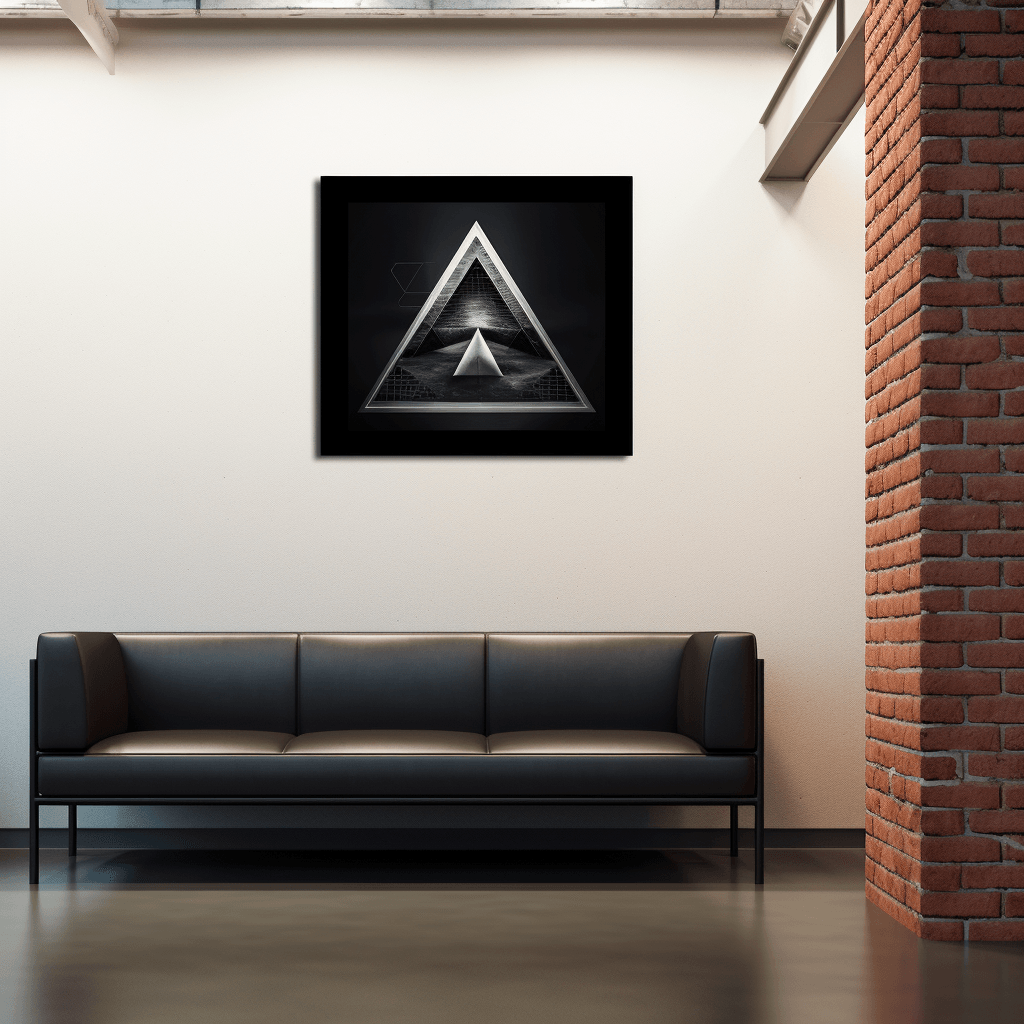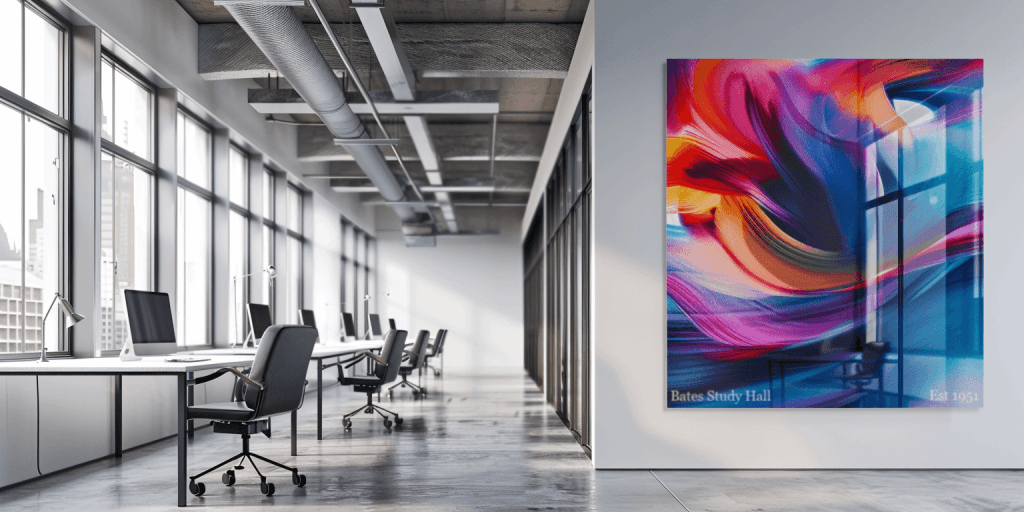Laser printing or digital printing
Laser Engraving vs. Digital Printing: A Guide for Design Enthusiasts
In the realm of design and customization, two popular methods stand out. Offering creating unique, personalized projects: lasher engraving and digital printing. While both techniques offer distinct advantages and outcomes, understanding their differences is key for design enthusiasts. Read this if you are looking to make informed decisions for their creative ventures.
What is Laser Engraving?
Laser engraving, likely a typo or confusion with “laser” engraving, is a process that uses lasers to etch or mark the surfaces. Materials include metal, wood, glass, and acrylic. This technique involves the use of a high-powered laser beam that precisely removes the material’s surface layer. Creating deep, permanent markings without direct contact with the object being engraved.
Key Benefits of Laser Engraving:
- Precision and Detail: Capable of producing highly detailed graphics, text, and intricate designs that are difficult to achieve through traditional methods.
- Durability: Engravings are resistant to fading, wear, and tear, making them ideal for items that undergo frequent use or exposure to elements.
- Versatility: Suitable for a wide range of materials, surfaces, and applications, from industrial parts to custom jewelry and decorative items.
- No Need for Inks or Dyes: Being a non-contact process, laser engraving eliminates the need for inks, making it a cleaner and more environmentally friendly option.
What is Better for Producing Many?
When it comes to mass production, digital printing often emerges as the superior choice due to its speed and efficiency. Digital printing can rapidly produce large quantities of items with consistent quality. This method is particularly beneficial for projects requiring full-color images and patterns. Making it ideal for creating custom apparel, marketing materials, and packaging.
Key Advantages of Digital Printing for Mass Production:
- Speed: Able to print large volumes in a fraction of the time it takes to individually laser engrave items.
- Cost-Effectiveness: Lower costs per unit when producing high volumes, as the setup time and expenses are relatively minimal.
- Color and Design Flexibility: Offers the ability to print in full color, allowing for more complex and vibrant designs that are not feasible with laser engraving.
- Ease of Customization: Simplifies the process of customizing each piece within a large run. Making it possible to alter designs without significant delays or additional costs.
Digital printing offers businesses and individuals needing to produce items in large quantities without sacrificing quality or visual appeal. Digital printing presents a compelling solution that balances efficiency with creativity.
What is Digital Printing?
Digital printing is a direct-to-surface technique that uses digital files to print images. These can be graphics, or text directly onto materials using ink or toner. Unlike traditional printing methods that require printing plates, digital printing offers a faster setup time. Offers the ability to easily modify designs between prints.
Key Benefits of Digital Printing:
- Color and Complexity: Offers full-color printing with a wide spectrum of colors, allowing for photo-quality images and vibrant designs.
- Speed and Efficiency: Quick setup times and the ability to print on demand make digital printing ideal for short runs and tight deadlines.
- Flexibility in Material Choice: While traditionally used on paper and cardstock, advancements in technology have expanded digital printing to fabrics, ceramics, and more.
- Cost-Effective for Small Batches: Without the need for plates or extensive setup to do. Digital printing is cost-effective for personalized designs and small to medium-sized runs.
Choosing Between Laser Engraving and Digital Printing
The choice between laser engraving and digital printing depends on several factors. Including, the material of your project, the desired durability of the final product, the complexity of the design, and your specific aesthetic goals.
- Consider Laser Engraving for: Projects that require durability and resistance to wear, items made from harder materials like metal and wood, and when you’re aiming for a textured, tactile feel.
- Opt for Digital Printing when: You’re working with paper, fabric, or other softer materials, you need full-color designs or photo-quality prints, or you’re producing items in small to medium quantities.
Design enthusiasts will find that each method has its own set of advantages and the goals of their project. Whether it’s the enduring quality of laser engraving or the vibrant, colorful outcomes of digital printing. Understanding these differences are important for your decision making .This ensures that your creative ventures are not only successful but are executed with the most appropriate technology for your design needs.
In conclusion, both laser engraving and digital printing offer compelling benefits for personalized design projects. By considering the specifics of your project and the unique advantages of each method. Design enthusiasts can ensure that their creative ideas come to life in the most effective and visually appealing way possible.






